"Maastricht and the Crisis in Europe: Where We’ve Been and What We’ve Learned," By Reza Moghadam, Director, European Department, IMF
February 12, 2014
Director, European Department
ECB/NBB Conference: “Progress through crisis?”
Brussels, Wednesday, February 12, 2014
As Prepared for Delivery
Everywhere, but especially in Europe, the crisis has exposed gaps in our belief systems and institutions. This symposium on Maastricht and the road ahead is an opportunity to take stock of the presuppositions about what it takes to deliver financial stability and an enduring EMU. In this talk, I will advance the following line of argument:
- The Maastricht mindset saw fiscal indiscipline as the primary risk to the viability of the euro. Hence, its pre-occupation with fiscal rules and no bailout clauses.
- But the pernicious forces at work before the crisis were not just about fiscal indiscipline, but more so, financial market indiscipline which priced risk more or less uniformly across the euro area and allowed, via banks, the build-up of large cross-border debts.
- When the crisis hit, the unsustainability of these private sector imbalances became apparent, threatening to bring down the banking system. It was assumed that private imbalances would remain a private sector problem, but instead some of this became public sector debt.
- The reality of the crisis has realigned the mindset. An explicit regime for bailout using ESM was invented. Fiscal rules were adapted and recast in structural terms. The need to monitor current account imbalances and other balance sheet weaknesses was recognized.
- Most importantly, rules are being developed to instill financial market discipline and ensure adequate burden sharing between the public and private sectors. Unified supervision, a resolution mechanism, clear bail-in rules, and a common backstop for bank resolution are critical elements.
- Progress has certainly been made, but Europe still has much work to do on some of these post-Maastricht adaptations if it is to lay the basis for stability and growth.
Maastricht’s fiscal focus
Maastricht’s promise was that by giving up monetary autonomy, members of EMU would see their incomes rise with increases in trade and the free flow of labor and capital. By eliminating exchange rate uncertainty and lowering borrowing and transactions costs, members would receive large benefits for a small loss of sovereignty.
But it was understood that the centralization of monetary policy could carry some risks: country specific shocks could go unaddressed, while fiscal profligacy by members could lead to pressures for monetary financing.
To address these risks, some kind of fiscal coordination and integration would have needed to accompany the monetary union, as recognized in the MacDougall and Delors reports. The consequences of country-specific shocks could have been reduced by fiscal risk-sharing across members. But to ensure that it would not be abused, members would have had to cede some of their fiscal autonomy to the center.
However, when Maastricht was being drawn up, such a loss of sovereignty was not politically feasible. A compromise was needed, one that would mitigate the risks, while at the same time preserving a large degree of members’ fiscal autonomy. As a result, the Maastricht framework and its implementing agreements, like the Stability and Growth Pact, tried to resolve these tensions by putting in place strict fiscal rules for members:
Countries would maintain their fiscal independence, but would respect limits on the size of public debt and deficits.
The “no bailout” clause meant that no country participating in EMU could expect another country to bail it out.
The fiscal targets were thought to be generous enough that they would enable countries to respond effectively to shocks, while being restrictive enough to ensure that countries debt and deficits could not spiral out-of-control or diverge too much. The “no bailout” clause was supposed to encourage markets to discipline sovereigns, by pricing their debt according to their credit risks. Taken together with the assumption that the framework would be self-enforcing, Maastricht seemingly addressed the tradeoff between sovereignty and solidarity.
Maastricht meets reality
From the start though, practice was different from theory. Countries (e.g., Greece and Italy) were allowed to enter EMU, despite failing to satisfy the original criteria for public debt. Adherence to the fiscal rules was spotty (chart 1), with countries moving in and out of compliance. When the sanctions prescribed by the fiscal rules were suspended after France and Germany fell into non-compliance, the markets and government understood them to be guidelines at best, rather than binding rules.
Even without fiscal rules, market discipline was supposed to be a failsafe, reinforced by the “no bailout” clause. But government debt that was treated differently before the euro area, as seen in the cross-country dispersion of bond yields, came to be treated nearly identically after its inception. While some interest rate convergence was expected, these nearly identical low rates came despite growing differences in net foreign asset positions of the euro area economies (chart 2). These largely reflected private sector debts, part of which ultimately was assumed by governments. So market discipline seemingly broke down.
Or did it? Perhaps markets understood that the economic and financial integration of the euro area made it “too-big-to-fail”, so that the “no bailout” clause was not credible. At the height of the crisis in 2011, when there were real doubts about whether or not the euro area would survive, the dispersion of cross-country bond yields reemerged. But with this existential threat, the authorities acted to keep the currency union intact—the assessment that the euro area was “too-big-to-fail” was right.
Behind the scenes, the build-up of private imbalances
Given the political constraints and the risks as they were perceived at the time, Maastricht’s focus on the sustainability of the public sector and reliance on market discipline is understandable. But with the benefit of hindsight, it is clear that the framework neglected the risks associated with excess private sector leverage and divergence of competitiveness. The means to identify and address financial stability risks were not directly built in to Maastricht’s design.
Looking back at the crisis, the role of private sector leverage has been significant. We know that countries with the greatest pre-crisis private balance sheet vulnerabilities have been the ones with the weakest post-crisis growth (chart 3a). Persistent current account imbalances were a signal of these vulnerabilities and underlying competitiveness concerns.
For example, the higher the pre-crisis leverage of a country’s household sector, the lower the growth in consumption following the crisis (chart 3b). The story for corporates is similar, where there is a striking negative correlation between corporate leverage and future investment growth (chart 3c). And for banks, we know that those with high pre-crisis leverage have had to shrink their balance sheets.
What’s more, we’ve learned that there is no simple separation between private and public sector balance sheets: private imbalances can eventually end up as public sector imbalances. This can happen either through a direct bailout of the banking system (Ireland) or the lost revenue and increased spending necessitated by deep and prolonged declines in output (Spain).
Did Maastricht encourage private imbalances, making the crisis worse?
Similar to fiscal policy, supervision of the financial sector and resolution of financial institutions under Maastricht, including lender-of-last-resort facilities, were kept in the hands of national authorities. However, unlike fiscal policy, there was no set of rules embedded in Maastricht to ensure a minimum degree of harmonization in the financial sector. Unsurprisingly then, financial regulations and market practices varied substantially across member countries. At the same time, the introduction of the single currency facilitated rapid financial integration, as reflected by a large rise in cross-border capital flows (chart 4).
So when the crisis happened and the financial stability risks materialized, the result was pervasive and persistent financial market fragmentation in the euro area. This has led to unhealthy bank-sovereign links and an impaired transmission of monetary policy. All of this has weighed on the pace and strength of the recovery.
Viewed from this angle, Maastricht‘s preeminent focus on fiscal policy has been limiting, both in the identification of risks and the effectiveness of the policy responses.
Policy progress, but not complete
That being said, collective actions by European authorities have filled many of the gaps laid bare by the crisis, demonstrating a commitment to improving EMU architecture. Fiscal governance has been strengthened and rationalized with the Fiscal Compact, six-pack, and two-pack. Significantly, there have been encouraging moves towards a banking union. The unprecedented monetary policy response (e.g., LTROs, OMTs) has provided time to enhance EMU architecture.
But despite these achievements, which have significantly reduced sovereign and corporate borrowing costs, key changes to make EMU architecture more robust remain incomplete, financial market fragmentation persists, and the recovery is weak and fragile.
Looking beyond the crisis, has enough been achieved to reduce materially the risks of future private imbalances? We must acknowledge that no matter the architecture in place, identifying private imbalances ex ante will always remain a significant challenge, as will foreseeing the channels through which they are transmitted in times of crisis.
And since fully insulating EMU against private imbalances is impracticable, improvements in the EMU architecture must aim to minimize not just their occurrence but also their scope for disruption to the economy. Moreover, for market discipline to work and play a complementary role, robust bail-in and burden sharing frameworks are necessary.
Minimizing risks and dealing with the consequences if risks materialize
Inevitably, crises will emerge, but by strengthening the common institutional frameworks and increasing the flexibility of economies, EMU will become more resilient. How can this be done?
First, policies to improve market discipline should be put in place. This needs to be supported by clear rules for bail-ins, harmonization of insolvency regimes at the national level, and a Single Resolution Mechanism (SRM), with centralized powers to trigger resolution and make decisions on resolution and burden sharing in the financial sector. In this respect, the current lack of a common backstop—such as direct recapitalization of banks by the ESM—limits the credibility of the SRM and SSM. Without this, bank-sovereign links cannot be fully severed. A truly common backstop would reduce the fallout through the financial sector of any crisis and minimize the fiscal impact for any one country.
Second, with the policies and structures just mentioned in place, especially an effective SRM, the Single Supervisory Mechanism (SSM) would be more credible. This would help ensure transparency and bolster confidence in the financial system. Together with strengthened macroprudential toolkits and structural reforms in the financial sector, these would reduce the build-up of private imbalances and the attendant risks to financial stability.
Third, while the Macroeconomic Imbalances Procedure is a welcome process, it suffers from two shortcomings which need to be addressed: (i) it requires greater emphasis on emerging competitiveness gaps and corrective action before they translate into imbalances; and (ii) it currently lacks sufficiently strong corrective mechanisms.
Fourth, deeper and broader capital markets are needed to diversify funding sources for firms. This would reduce their vulnerability by reducing reliance on the banking sector. To promote the development of such markets, concerted policy actions at both the euro area and national levels are needed to address regulatory, legal and structural hurdles.
Fifth, provided that stronger fiscal governance is enforced, a shared approach with some elements of centralized fiscal policy would expand the scope of available countercyclical tools when national policies are constrained by limited market access or fiscal rules. This would avoid excessively restrictive fiscal stances during severe recessions and excessively loose ones during expansions.
Sixth, to enhance growth prospects, there is a need to have a process that monitors and enforces structural reforms already agreed (Services Directive), and proactively advocates growth-enhancing reforms. Product market reforms that open up professional services, telecom, and electricity could provide an important boost. There is also a need to harmonize labor market regulation and facilitate much greater mobility of labor than is currently the case. Protecting workers with unemployment benefits and re-training rather than trying to protect positions through prohibitive hiring and firing costs would help get more people working. These would place the European economy on a higher growth path, helping to bring down elevated levels of debt. It would also make the economy more resilient to shocks, helping ease adjustment.
Europe at the crossroads
In the words of Robert Schuman’s 1950 proposal for a European Coal and Steel Community: "Europe will not be made all at once, or according to a single plan. It will be built through concrete achievements which first create a de facto solidarity." As bad as the crisis has been—and it has been extremely damaging with the crisis response far from ideal—one should not lose sight of the fact that Europe has responded with more solidarity and greater integration. If political will can be maintained, further integration coupled with steps to boost growth can create a more durable foundation for continued prosperity in the region.
Chart 1
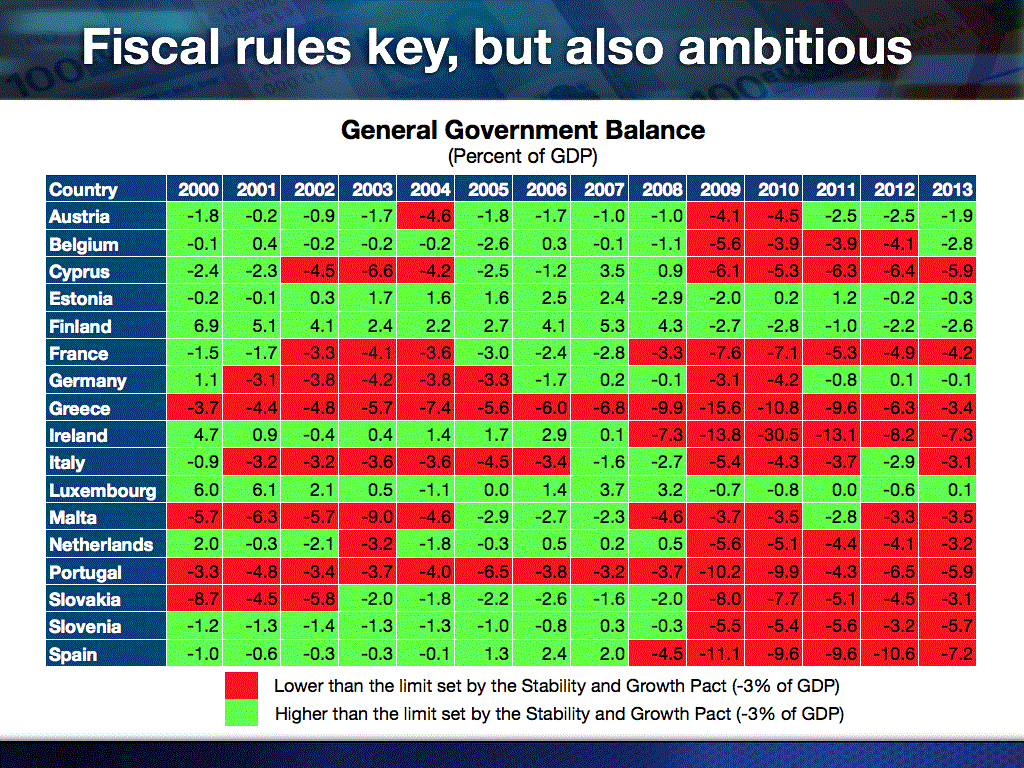
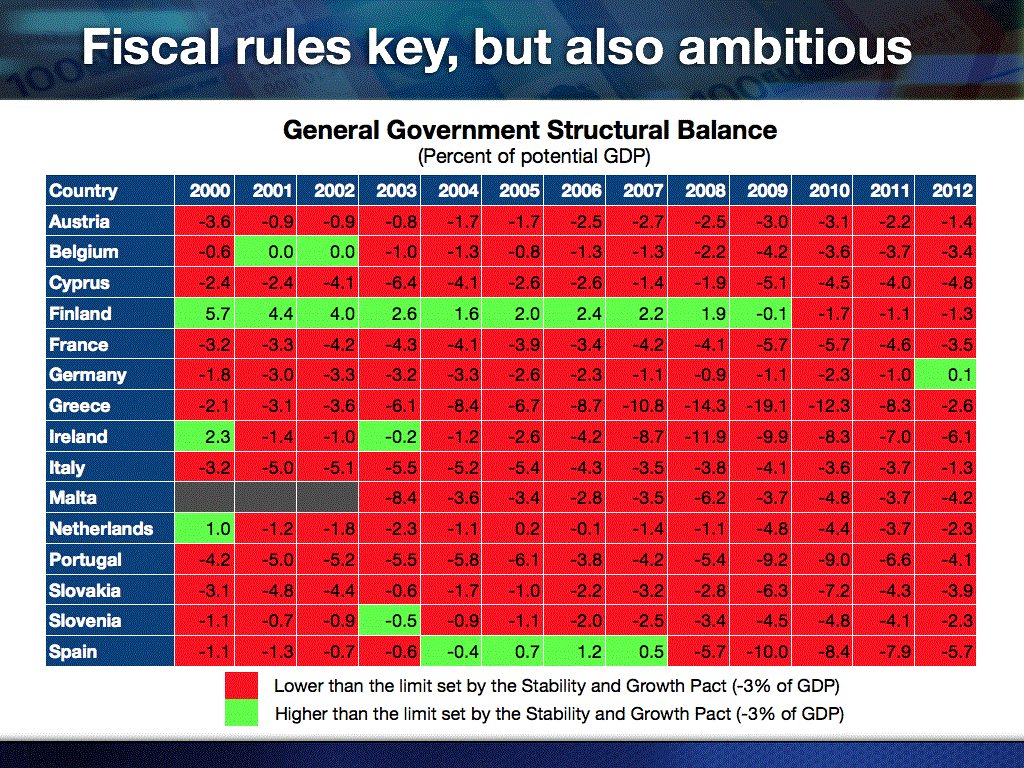
Chart 2
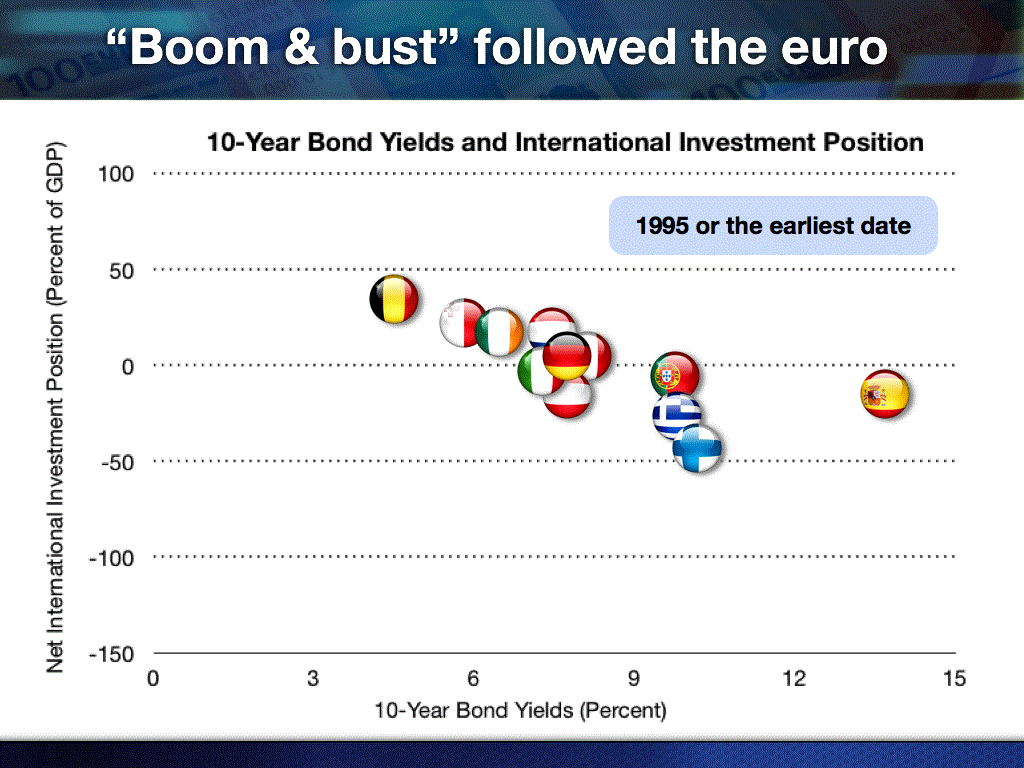
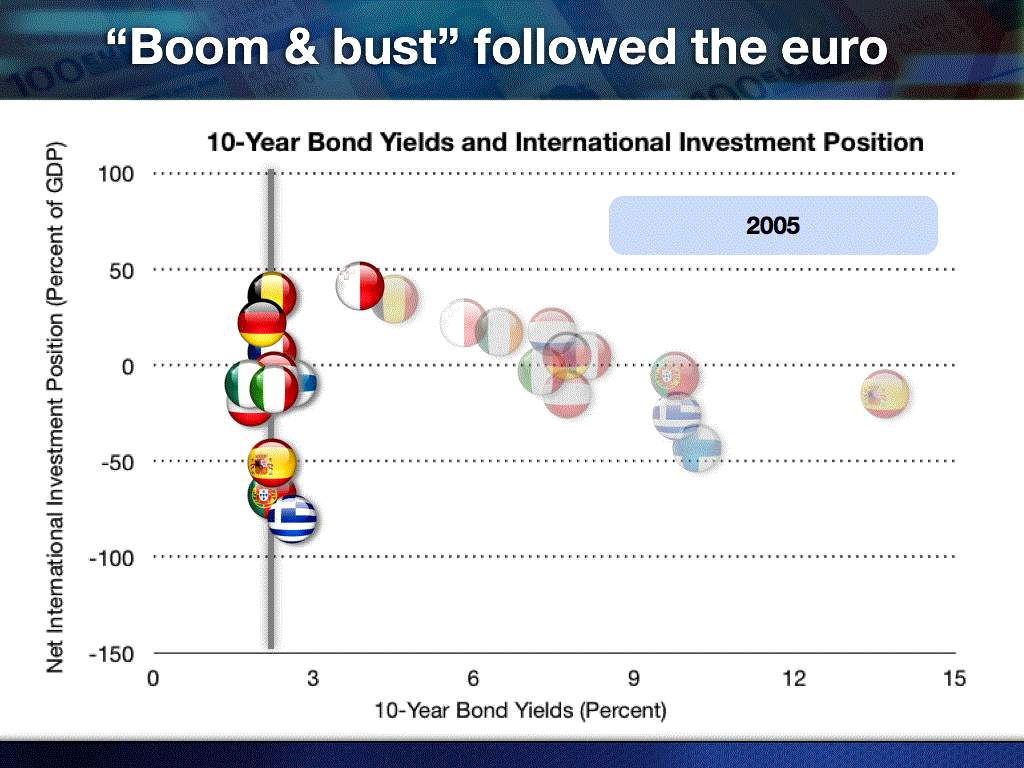
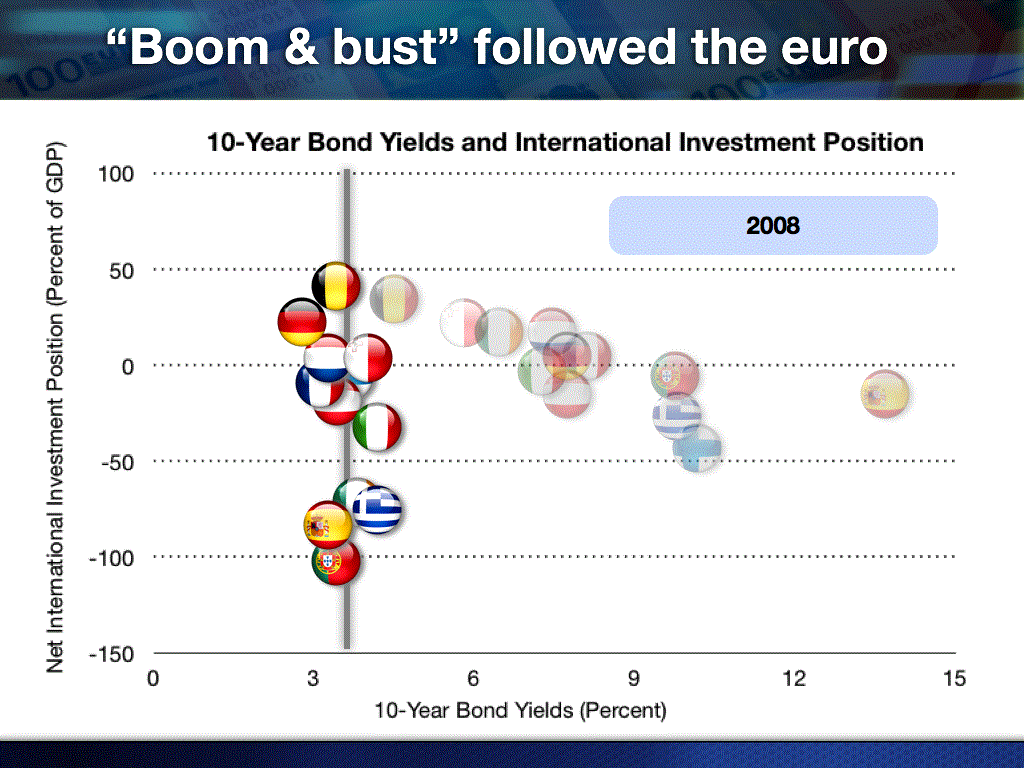
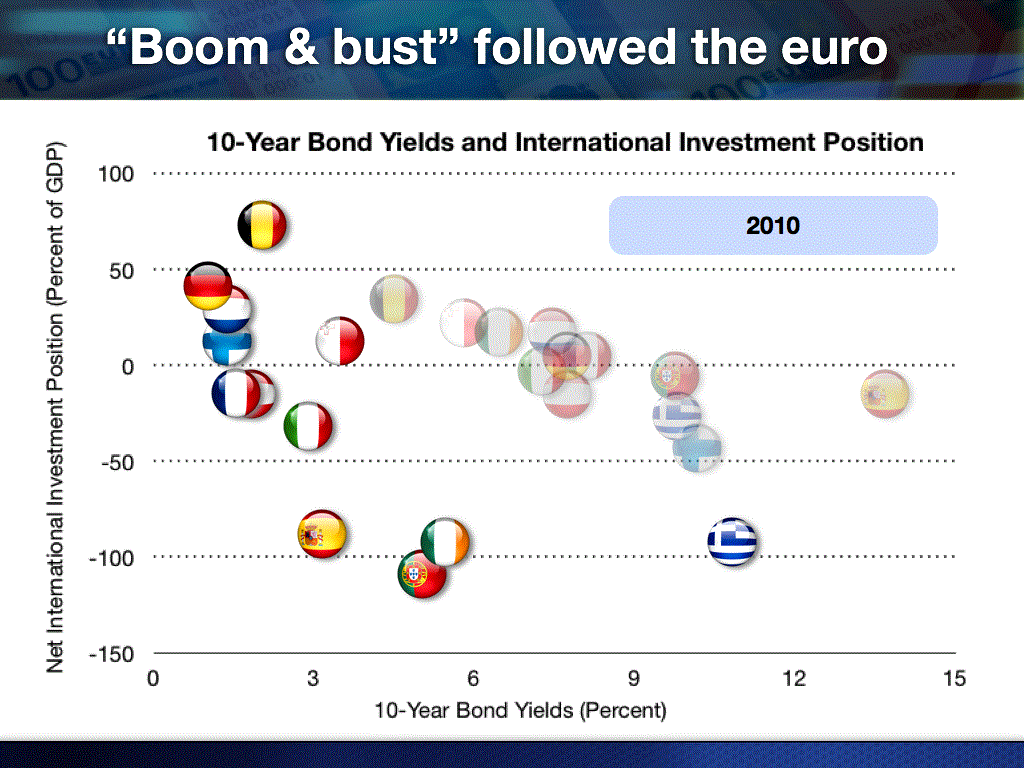
Chart 3
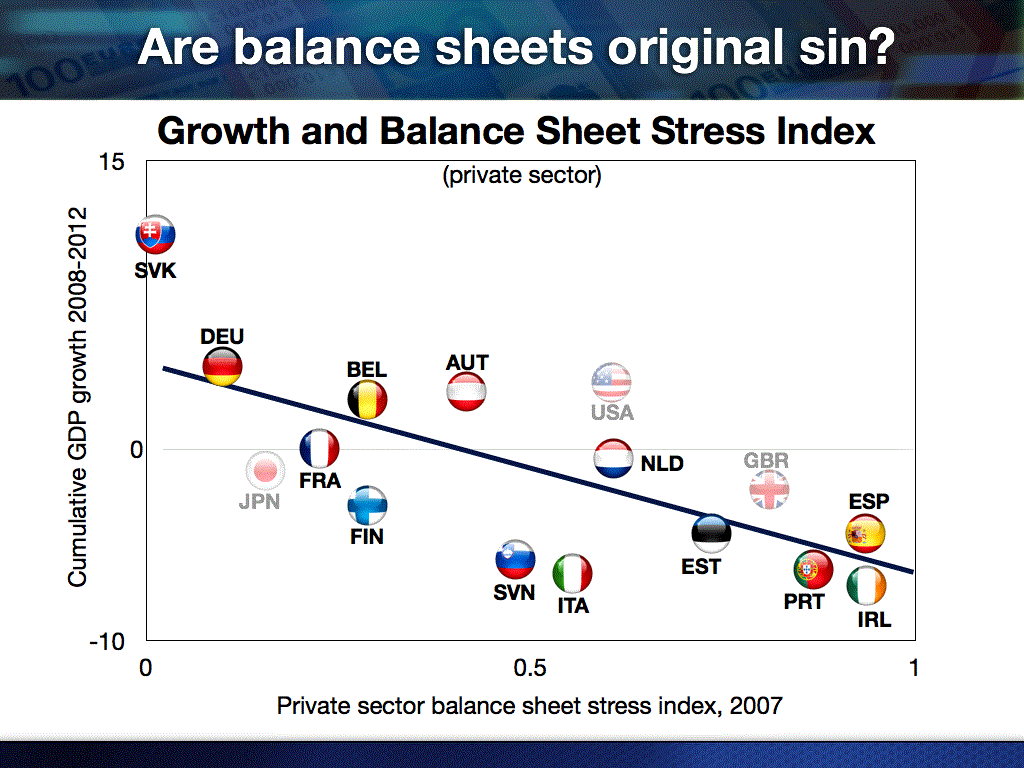
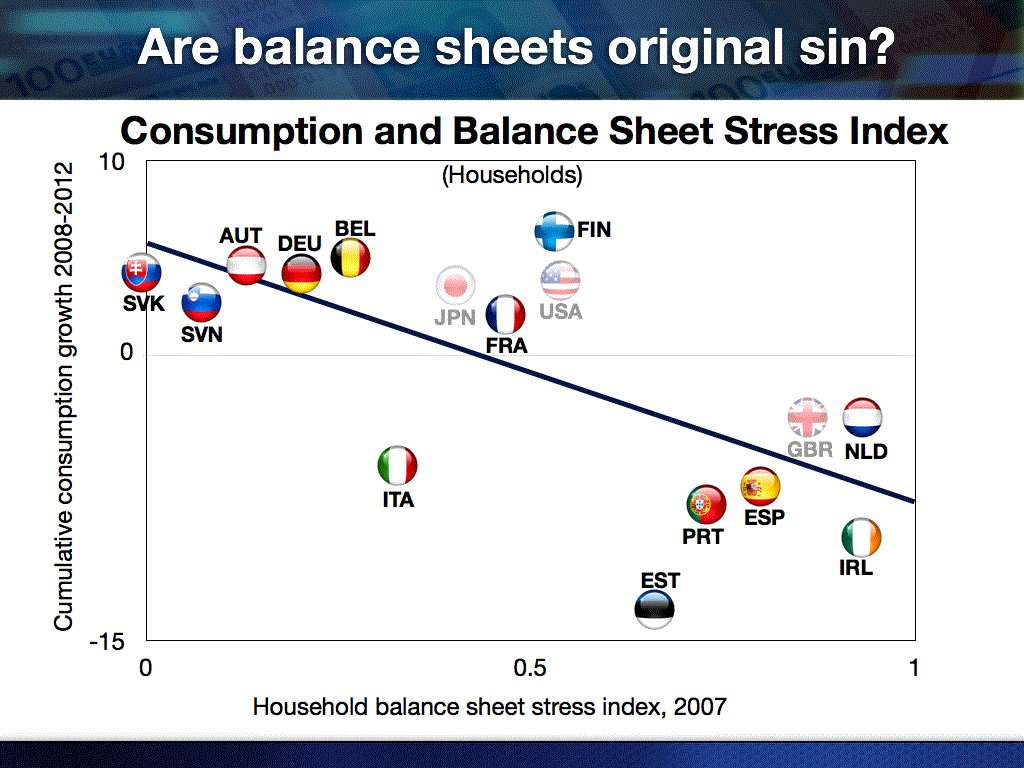
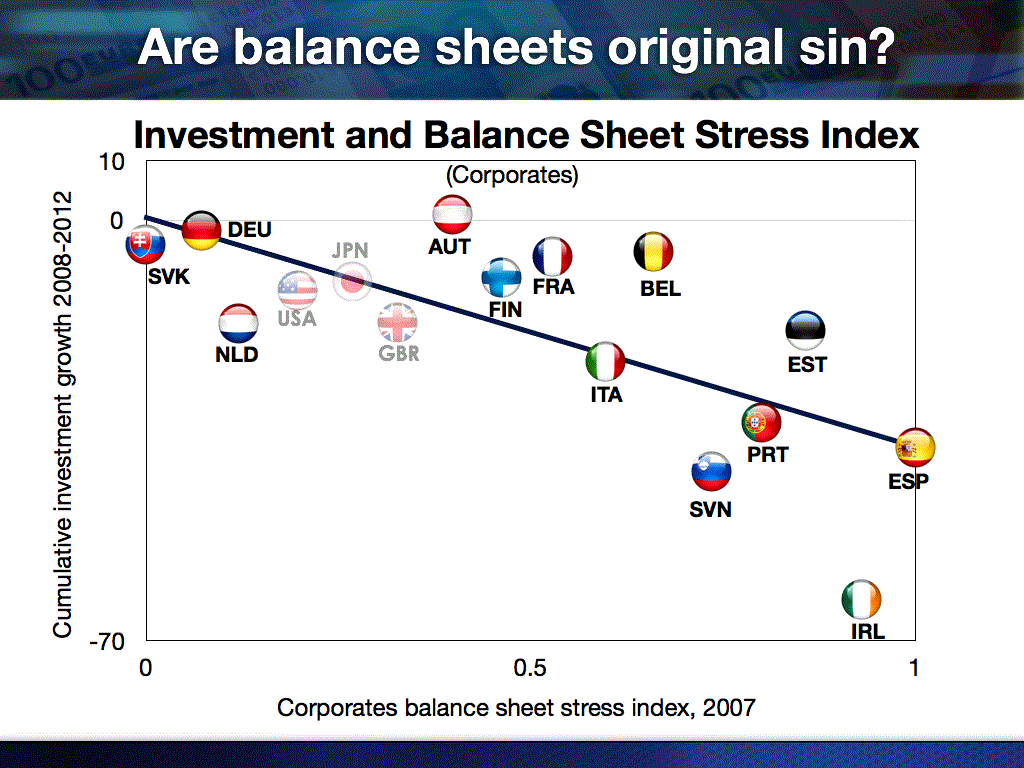
Chart 4
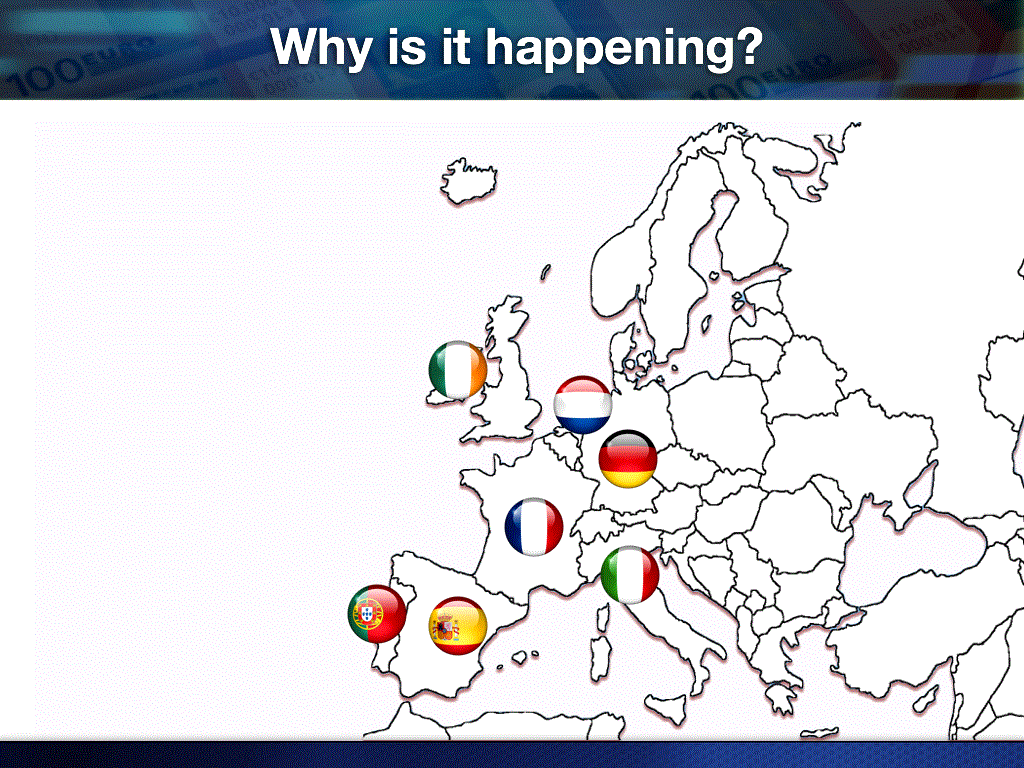
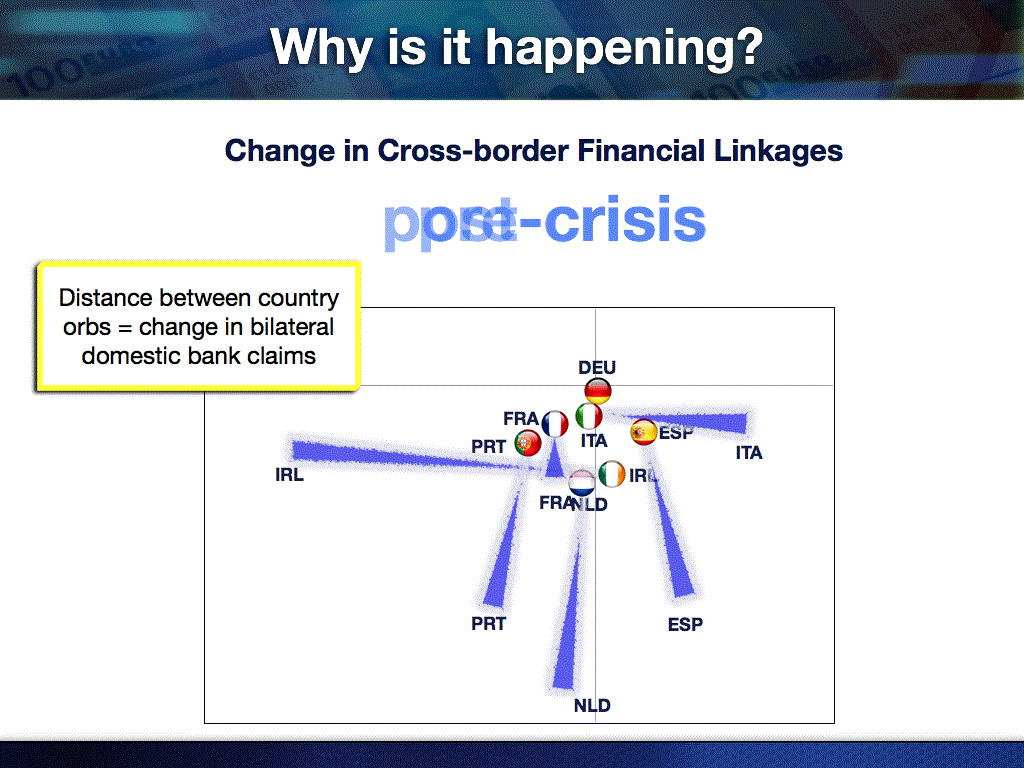
IMF COMMUNICATIONS DEPARTMENT
| Public Affairs | Media Relations | |||
|---|---|---|---|---|
| E-mail: | publicaffairs@imf.org | E-mail: | media@imf.org | |
| Fax: | 202-623-6220 | Phone: | 202-623-7100 | |


